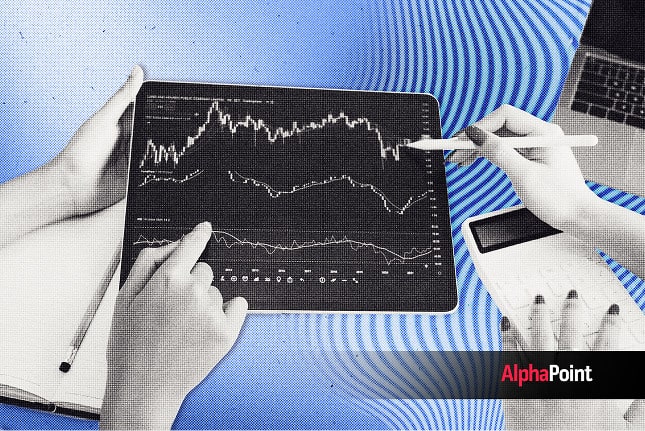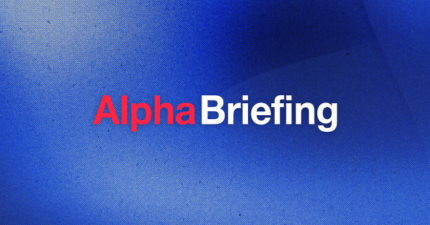How Exchanges Can Leverage Spot Margin Trading While Mitigating Risk

Spot margin trading is a form of crypto leverage trading that allows users to borrow funds to increase their buying power. By using leverage, traders can open larger positions, increasing their profit potential — but also exposing them to higher liquidation risks.
For crypto exchanges, offering spot margin trading presents a major opportunity to attract high-volume traders and boost earnings. Around 67% of crypto owners plan to buy more cryptocurrencies in 2025, signaling strong demand for advanced trading options. Exchanges that support margin trading can position themselves as preferred platforms for experienced traders looking to maximize market exposure.
In this guide, we’ll explore how spot margin trading works, why traders use it, and how exchanges can benefit — while managing risk effectively.
What Is Spot Margin Trading?
Spot margin trading enables traders to borrow funds against their existing assets to increase their purchasing power, letting them open larger positions than their capital alone would allow.
It also lets them take long or short positions, giving them flexibility to profit in both rising and falling markets. However, it comes with high risks, including the possibility of liquidation and significant losses.
This trading method is distinct from standard spot trading, which relies solely on a trader’s own capital and does not use collateral or leverage. It also differs from perpetual futures trading, where traders buy and sell contracts rather than actual crypto assets.
Why Do Traders Use Spot Margin Trading?
Many investors, particularly younger ones, are already familiar with margin trading. Traders under 35 are nearly twice as likely to make purchases on margin compared to those in the 35–54 age range.
In the crypto spot market, investors use margin trading to enhance their flexibility and maximize potential gains through:
- Capital efficiency: Allows traders to allocate funds across multiple positions rather than being limited to a single trade
- Amplified potential returns: Enables larger positions than their capital alone would support, potentially magnifying rewards
- Hedging positions: Helps offset potential losses by opening leveraged positions against existing crypto holdings
However, spot margin trading also carries risks. Just as it amplifies potential gains, it can also increase losses — especially if market prices move unexpectedly and leverage is high. Additionally, traders face liquidation risks. If their margin equity falls below the maintenance threshold, the exchange may trigger automatic liquidation.
Benefits of Offering Spot Margin Trading for Crypto Exchanges
Spot margin trading doesn’t just benefit traders — it also creates growth opportunities for crypto exchanges by:
Attracting Active Traders
Experienced traders seeking higher returns and greater position flexibility often look for leverage to increase their purchase capacity. Offering spot margin trading makes your exchange more attractive to this high-volume trading segment.
Boosting Liquidity
With spot margin trading, users can open larger positions and take on more trades than they typically would, leading to higher trading volumes and improved exchange liquidity.
Greater liquidity results in faster trade executions and tighter bid-ask spreads, enhancing the overall trading experience and increasing user retention on your trading platform.
Increasing Revenue
Spot margin trading unlocks various earning opportunities, including:
- Interest on borrowed funds: This is similar to how traditional financial institutions like banks charge interest on loans.
- Trading fees: Since leverage allows users to open larger trades, exchanges can generate higher trading fee revenue than they can with standard spot trading alone.
How Does Spot Margin Trading Work?
Spot margin trading involves collateral, leverage, borrowing, and maintenance margins. Here’s how these key components facilitate this type of trading:
Collateral
Collateral is the security traders provide to reduce lenders’ risks when borrowing funds. In a cross-margin framework, traders can use multiple assets as collateral, which is tracked in their margin accounts.
A trader’s borrowing capacity is determined by their deposited collateral and the exchange’s leverage multiplier. For example, with 3x leverage, a trader depositing $5,000 could borrow up to $15,000.
However, market volatility affects collateral value. If the market price of deposited cryptocurrencies or stablecoins drops, a trader’s margin level declines. If it falls below the maintenance threshold, they receive a margin call and may need to reduce their open positions.
Leverage
Leverage is the ability to borrow funds to increase purchasing power. It allows traders to open larger positions with less capital, potentially increasing their gains. In the earlier example, the leverage would be $15,000.
However, as mentioned, spot margin trading is a double-edged sword — while leverage increases potential profits, it also heightens risk exposure, making traders vulnerable to liquidation.
Borrowing Funds
In spot margin trading, borrowed funds come from lenders or exchange liquidity pools based on leverage multipliers and traders’ collateral. The higher the collateral and leverage multiplier, the more funds a trader can borrow.
Like standard loans, borrowed assets accrue interest at rates set by exchanges or lenders. Traders must repay the borrowed amount plus accrued interest when closing leveraged positions.
Maintenance Margin
The maintenance margin is the minimum balance traders must maintain in their trading accounts after opening leveraged positions. If their margin level falls below the required threshold, the exchange issues a margin call, requiring traders to add more funds or close positions.
What Happens During a Margin Call?
A margin call is a notification sent to traders when their account balance falls below the maintenance threshold. To restore their margin level, traders must add more funds to their margin account or close positions to reduce risk exposure.
If no action is taken, the exchange or lender may initiate forced liquidation, selling portions of the trader’s assets to recover the borrowed amount and interest. This may lead to the loss of the trader’s unrealized gains and collateral, further impacting their position.
Risk Management in Spot Margin Trading
Effective risk management in spot margin trading helps reduce forced liquidations for traders and minimizes losses for exchanges and lenders. Tools like AlphaPoint Margin Trading provide key safeguards, including:
- Configurable leverage limits: Traders can adjust leverage settings to align with their trading strategies and minimize risk exposure.
- Automated margin call alerts: Exchanges can issue real-time notifications, prompting traders to take action before forced liquidations.
- Real-time margin monitoring: Both exchanges and traders can track margin accounts for quick corrective actions. Traders can transfer funds before reaching the maintenance threshold, while operators can manually initiate liquidation if no action is taken to minimize potential losses.
Offer Spot Margin Trading with AlphaPoint
Spot margin trading allows traders to open large positions with less capital, potentially amplifying their profits. For exchanges, this creates new revenue opportunities through increased trading volume and lending fees. However, it also introduces risks, including forced liquidations for traders and potential losses for exchanges — making effective risk management essential.
The AlphaPoint Margin Trading solution helps exchanges implement seamless, secure spot margin trading while minimizing risk. With configurable leverage limits and automatic margin call alerts, our platform empowers you to offer a competitive trading environment while protecting against unmanageable losses.
Ready to integrate spot margin trading into your exchange? Explore how AlphaPoint can help you succeed.


